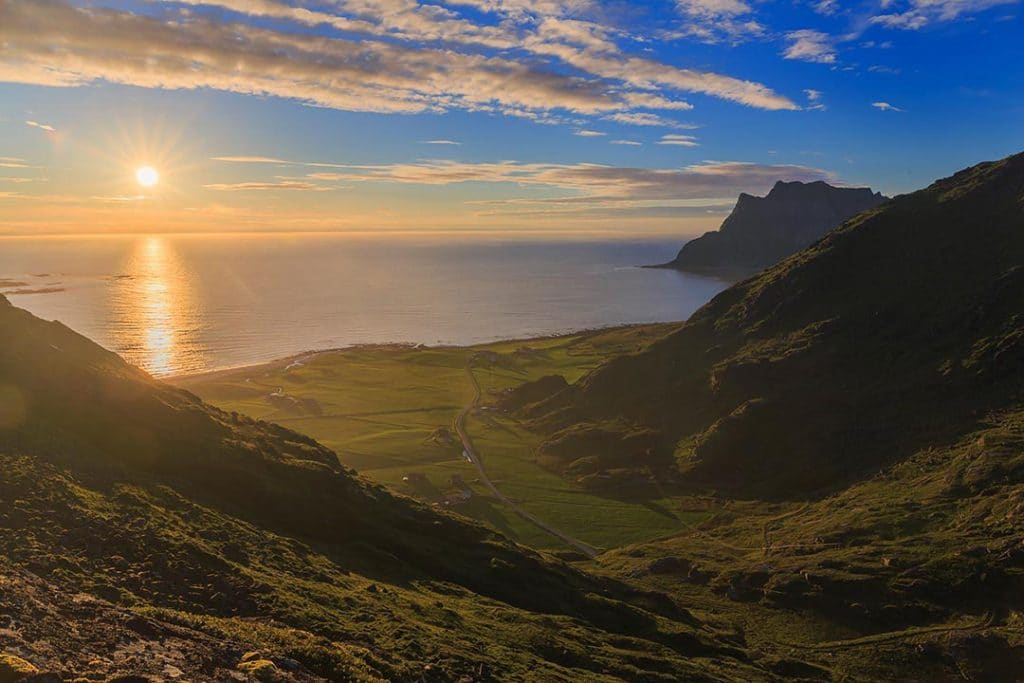Graduated Neutral Density Filters for landscape photography
In this comprehensive guide, we will talk about Graduated Neutral Density Filters for landscape photography.
There is a common situation when taking pictures of the landscape: we shoot a beautiful sunset view, and instead of the sky in the picture - just a white spot. Or vice versa - the sky is exposed correctly, but only black spots are left in the foreground.
This problem is the uneven illumination of these parts of the frame: the sky is much brighter than the foreground.
And if our eyes can see the whole scene, the camera displays it differently. The dynamic range of the camera is not infinite - sometimes it is not possible to capture in one photo the whole set of the brightness of the selected scene.
The sun makes a landscape picture so contrasting that modern sensors cannot record all the magnificence that the eye can see. That’s when graduated ND filters save the situation.
Neutral filters, reduce the amount of light that enters the camera. ND filters make it possible to open the aperture wider and reduce the depth of field, clearly separating the subject from the background and maintaining detail.
Most photographers have these filters as standard accessories.
But in recent years, there has been a growing debate about the need to use Graduated Neutral Density Filters.
